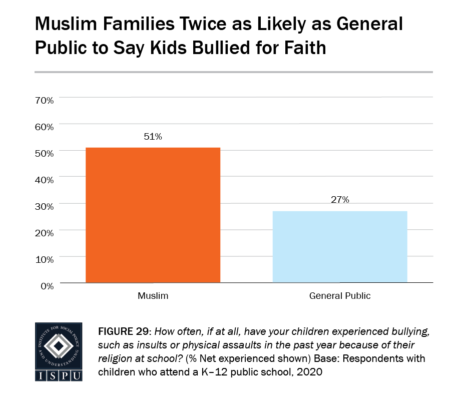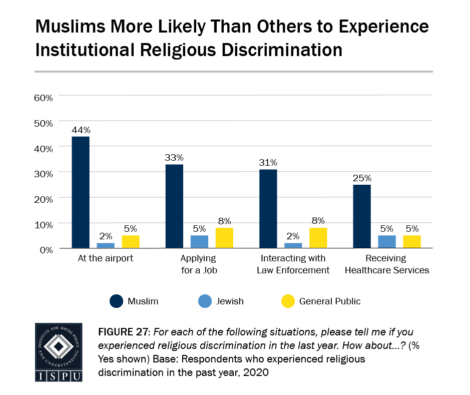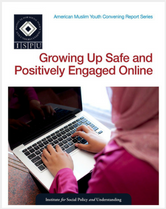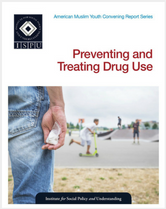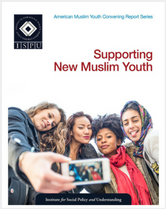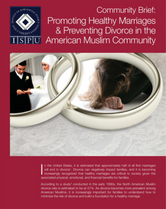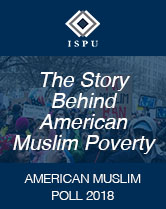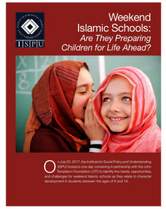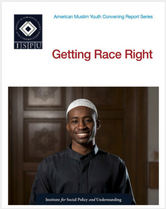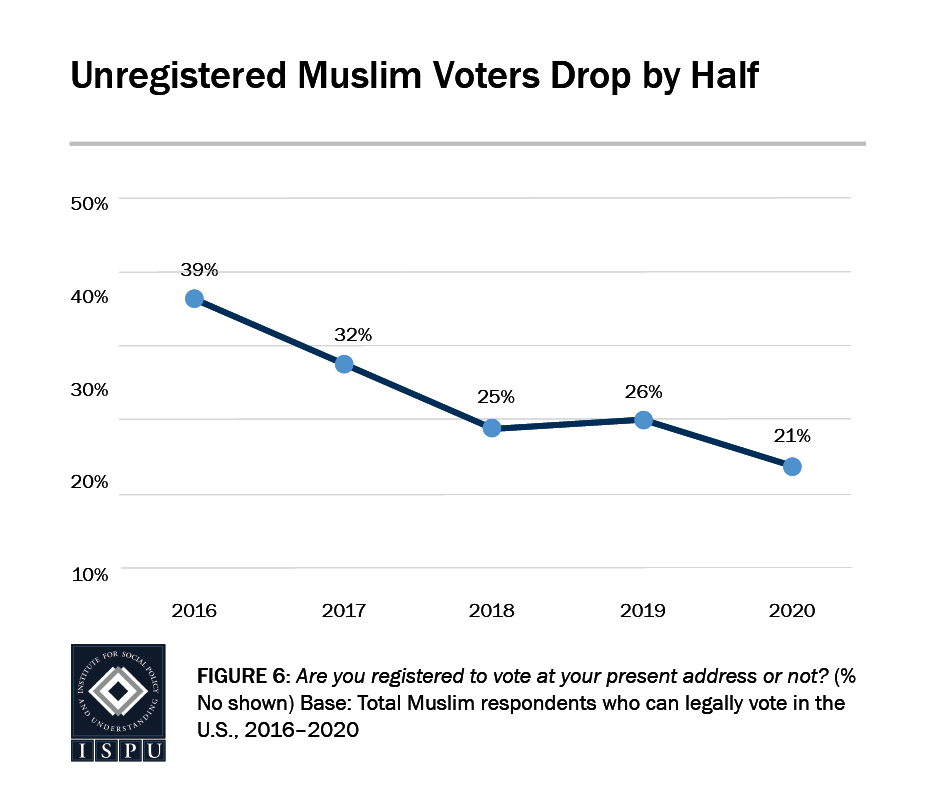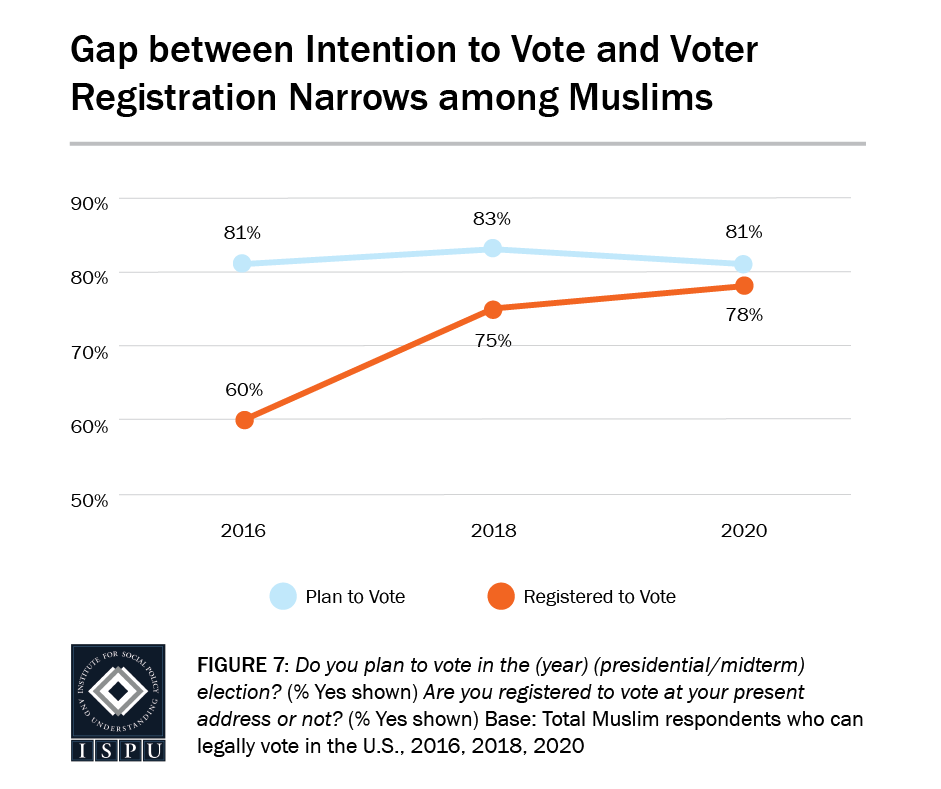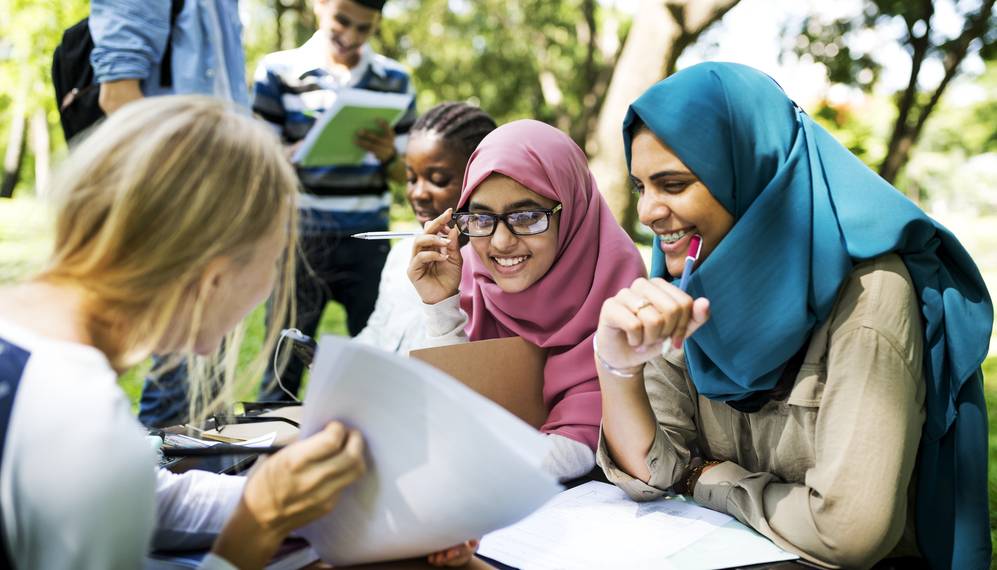
10 Areas of Need in American Muslim Communities, Identified Through Existing ISPU Research
JANUARY 25, 2022 | BY NATASHA TARIQ
At ISPU, one of our core values is responsiveness. We know that keeping that value top of mind in our research strategy allows those involved with policymaking, advocacy, community building, and research to direct resources to the most pressing and relevant issues. Pursuant to that goal, we reviewed years of research at ISPU, focused on issues related to ISPU’s core research areas to identify current needs in the American Muslim community.
In May 2021, detailed findings were presented at a researchers’ convening jointly held by the Institute for Social Policy and Understanding (ISPU) and the Pillars Fund. The convening brought together dozens of scholars from across the country, focused on researching American Muslim communities and issues impacting upon them. The following highlights some of the needs identified through this process.
1. ISLAMOPHOBIA: Remedying Islamophobia and highlighting its impact on Muslims, while educating young Muslims on this issue and directing them to available resources for seeking help
American Muslims, including children, face Islamophobia and anti-Muslim bigotry. Based on the results of ISPU’s American Muslim Poll 2019, Islamophobia, as measured by the Islamophobia Index, inched up from 24 in 2018 to 28 in 2019. According to the American Muslim Poll 2020, Muslim families are most likely to report a child has faced religious-based bulling. In 2020, roughly half of Muslim families (51%) with a child/children in K-12 schools say their child was bullied for their faith, which is almost double the level of families who say the same in the general population (27%). Alarmingly, 30% of Muslims identified a teacher or school official as the source of bullying.
Muslims also experience higher institutionalized religious discrimination. For instance, based on the results of the American Muslim Poll 2020, Muslims experience higher levels of discrimination at the airport (44% vs. 5% of the general public), when applying for jobs (33% of Muslims vs. 8% of the general public), in interactions with law enforcement (31% of Muslims vs. and 8% of the general public), and when receiving healthcare services (25% of Muslims vs. 5% of the general public).
Moreover, research indicates that the U.S. media also portrays Muslims as being more prone to violence than other people. For instance, defendants perceived to be Muslim receive qualitatively different coverage in the media; someone perceived to be Muslim and accused of a violent ideologically motivated plot will receive seven and a half times the coverage as compared to someone not perceived to be Muslim accused of a similar crime. Research also identified that some Muslims have internalized Islamophobic views and younger Muslims are at a greater risk of developing such opinions. Therefore, while efforts should focus on remedying Islamophobia, it is also important to create awareness and educate young Muslims on this issue and to direct them to any available resources for seeking help.
Measuring the Legal and Media Responses to Ideologically Motivated Violence in the United States
This report examines cases in which perpetrators o
05 April, 2018
Not Immune: Some Muslims in America Internalize Islamophobia
While Muslims have the lowest levels of Islamophob
01 October, 2019
2. YOUTH: Creating a supportive environment for Muslim youth, especially immigrant Muslim youth and new converts
Based on ISPU’s qualitative research, American Muslim parents are struggling to provide a supportive environment for young Muslims and despite considerable efforts within American Muslim communities, these efforts are also missing the mark. For instance, children of immigrants feel their parents don’t understand their needs or challenges as they may not be familiar with American youth culture and social context. Convert youth and African American Muslim youth also feel isolated and unwelcome in Muslim spaces and feel their needs are not recognized. These findings should be widely shared and kept into consideration for conducting more research and designing programs in mosques and Muslim spaces. There is also a need for more candid conversations with youth, to identify their needs, create awareness, and work toward finding solutions to remedy these issues.
Meeting the Needs of Muslim Youth: Growing Up Safe and Positively Engaged Online
This report focuses on understanding and addressing the numerous challenges young American Muslims face online and on promoting positive engagement online.
13 January, 2016
3. ADDICTION: Creating awareness in the Muslim community regarding substance abuse and addiction and destigmatizing seeking help
When it comes to substance use and addiction, existing research indicates that American Muslim youth follow the same pattern as their non-Muslim peers. The situation becomes even more challenging because of the parents’ and communities’ lack of awareness, lack of knowledge about existing resources, and in some cases complete denial. Moreover, ISPU data finds that substance abuse is not a challenge facing only youth; rather it occurs among adults of various ages, gender, and race. Also, the stigma associated with mental health issues and addiction makes American Muslim youth more vulnerable, making it harder for them to seek help. Mosques and community centers also mostly do not have the capacity or funding to provide resources for at-risk youth. As a first step, there is a need to create awareness in the community regarding issues of substance abuse and addiction, in addition to creating and disseminating resources for seeking help.
Meeting the Needs of Muslim Youth: Preventing and Treating Drug Use
What can American Muslim communities do to prevent and treat drug use among American Muslim Youth?
13 January, 2016
Substance Abuse and Addiction In The Muslim Community
An analysis of Muslim communities’ stigma an
06 October, 2021
4. CONVERTS: Creating a standardized introductory curriculum for new converts
To date, there is no standardized introductory curriculum in the United States for new converts. According to ISPU’s research, one of the biggest turn-offs for converts is to visit a mosque and then be criticized, frowned upon, or rudely corrected. New converts need support and should feel welcomed and safe in mosques and Muslim centers. Services like mentoring programs, support networks, access to educational material and dedicated social and family events can be very helpful.
Meeting the Needs of Muslim Youth: Supporting New Muslim Youth
How can we provide better support to convert youth?
13 January, 2016
5. RELATIONSHIPS: Creating educational and support programs related to marriage and family matters in Muslim spaces and addressing issues related to divorce and racism
Young Muslims are more accepting of divorce than their peers in the general public, and the majority of Muslims, especially young Muslims, would like more support for divorced individuals in their faith communities. Hence, community leaders and Muslim centers should consider creating relevant support and educational programs. While a majority (67%) of Muslims say they will accept their child marrying a divorced person, they are still less likely than the general public to accept a divorced spouse for their child. Hence, issues of stigma related to divorce and racism need to be addressed in Muslim communities. A barrier to seeking help is that marriage education and counseling is still not widely socially accepted in the American Muslim community and there can also be a divide between Imams and mental health workers on marital issues.
Five Surprising Facts about Divorce in American Muslim Communities
Divorce is a part of many Muslim families’ reality
12 January, 2021
Community Brief: Promoting Healthy Marriages & Preventing Divorce in the American Muslim Community
Recommendations for Promoting Healthy Marriages & Preventing Divorce in the American Muslim Community
24 June, 2014
6. POVERTY: Establishing community-driven measures for alleviating poverty, with a special focus on Black Muslim households
Based on data from the 2019 American Muslim Poll, Muslims were the most likely faith community to report low income and they were more likely to believe that poverty is mainly due to circumstances beyond a person’s control. Also, households with at least one non-citizen and Black Muslim households are more susceptible to poverty. Based on a deeper analysis of ISPU’S 2018 poll, it was found that controlling for household size and geographic region, Black Muslim households are more likely than any other Muslim racial group to earn less than $30,000 a year. Special efforts need to be carried out for providing support and for remedying this situation.
The Majority of Muslims Believe Poverty Is the Result of Bad Circumstances, Not Bad Character
American Muslims are significantly more likely tha
27 November, 2019
What’s the Hidden Story Behind American Muslim Poverty?
Muslims in America fare better socioeconomically than other minority Muslim populations around the globe, such as French or British Muslims, on average.
02 October, 2018
7. MOSQUES: Creating more inclusive mosques and welcoming spaces for young adults, women and new converts
Almost 52 percent of American Muslims are younger than age 45, so providing welcoming spaces and adequate programming for young people is important. Data also shows that women and men attend mosques in the U.S. at nearly equal rates. Moreover, women (ages 18-29) are more likely than men to say religion is very important to them (75% to 53%), highlighting the importance of spaces that meet women’s needs. And, according to ISPU’s research, one of the biggest turn-offs for converts is to visit a Mosque and be rudely corrected or criticized. It is important to create inclusive spaces for new converts where they feel welcome and comfortable, can connect with people, and have opportunities for in-person support and mentorship.
8. ISLAMIC WEEKEND SCHOOLS: Gathering demographic data about weekend Islamic schools, sharing best practices, and making improvements in the curriculum
Weekend Islamic schools provide invaluable services for young children and youth. There is an urgent need for gathering demographic data about weekend schools, as well as gathering information to get a clearer picture of the weekend Islamic school landscape nationally. The information can be also used to share success stories, best practices, making improvements in curriculum, collaborating, training teachers etc. Additionally, there is a need to improve the classroom experience; for instance, by using technology to train and empower teachers and teaching religion by keeping the student context and experience under consideration. It will also be beneficial to expand the focus of the curriculum to include topics on Islamic character development, identity, and belonging in curricula.
Weekend Islamic Schools: Are They Preparing Children for Life Ahead?
Evidence-based recommendations that can be implemented by all who work in connection with Islamic schools.
23 August, 2018
9. RACIAL DISCRIMINATION: Making Muslim spaces more welcoming and inclusive for Black Muslims and address intra-Muslim racism
Muslims who are Black experience the same systemic racism that all Black Americans face in their day-to-day lives, in addition to the religious discrimination faced by many Americans who are Muslim. Though less frequent according to ISPU’s survey, Black Americans, including Black Muslims, also experience racial discrimination within their own faith communities. There is a need to address this and to make mosques and Muslim spaces more inclusive. For instance, most of the programming in South Asian and Arab American Muslim centers focuses on issues that are most relevant to them and may not take into consideration the needs of Black Muslims. There is also an urgent need to conduct an in-depth needs assessment of Black Muslim youth to address intra-Muslim racism with a special focus on youth. There is little existing research on African American Muslim youth, but that which does exist indicates that African American Muslim youth identify more with non-Muslim African Americans than with their Muslim peers.
Meeting the Needs of Muslim Youth: Getting Race Right
How can predominately South Asian and Arab American mosques promote a greater understanding of race and civil rights, and create inclusive environments for African American Muslim youth?
13 January, 2016
10. CIVIC ENGAGEMENT: Increasing Muslim voter registration and voting, and also increasing Muslim representation in higher levels of government.
Muslim voter registration continues to climb but remains lower than other faith communities. Nearly four out of five Muslims are registered to vote (78%), compared with about nine out of ten from other faith groups. A consistent segment of the eligible-to-vote Muslim population (roughly 15%) do not intend to vote (14% in 2016 and 2018, and 16% in 2020). Additionally, a full quarter (26%) of Muslims in America cannot vote, mostly because they are non-citizens. This is much higher than any other faith or non-faith group. Hence, with 74% of American Muslims eligible to vote and only 78% of those registered to vote, this translates to only 57% of all Muslims in America who are registered to vote.
It is important to continue working on encouraging civic engagement and devising strategies for improving these numbers. Additionally, Muslim representation in Congress is less than 0.6% while they make up approximately 1.1% of the total U.S. population. Muslim participation in debates, discussions, and the ability to raise awareness about issues that are important to them is limited because of this underrepresentation within the higher levels of government.


